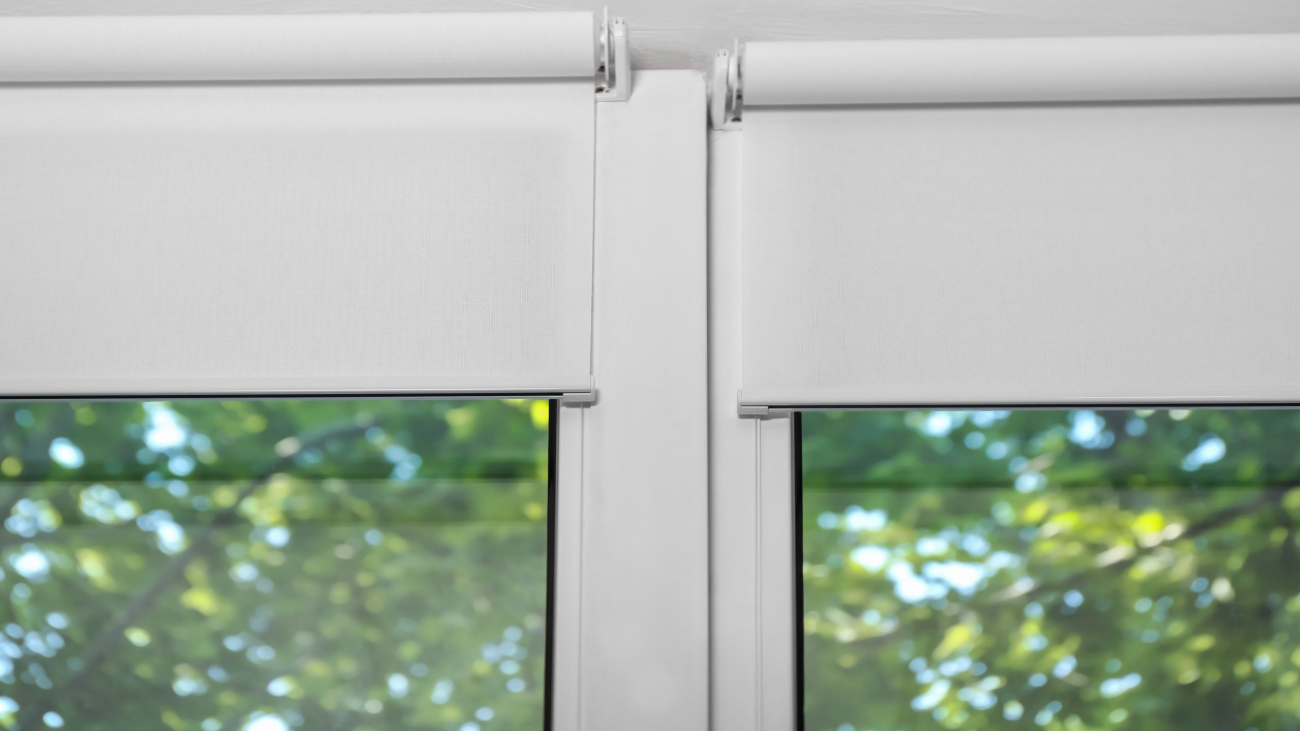Roller blinds are a great way to add privacy and style to your home. But, like any window treatment, they can get dirty over time. Here are some tips on how to clean your roller blinds and keep them looking their best.
1. Dust regularly. The best way to keep your roller blinds clean is to dust them regularly with a soft cloth or brush attachment on your vacuum cleaner.
2. Spot clean spills immediately. If something is spilled on your roller blinds, it’s important to spot clean it right away. Use a mild soap and water solution and a soft cloth to gently remove the stain.
3. Vacuum with the brush attachment. Once a week, vacuum your roller blinds with the brush attachment to remove any dust or dirt that has accumulated
4. Deep clean periodically. Every few months, it’s a good idea to give your roller blinds a deep clean. Remove them from the window and wash them in a tub of warm water with a mild soap. Rinse well and let them air dry before putting them back up.
Stain Removal
Your blinds may get soiled over time and require a more thorough cleaning. You can use a stain remover on your blinds as long as it is compatible with the fabric type. Read the label of your spot cleaning solution to be sure that it isn’t harmful to your blinds’ material.
To remove ingrained dirt and stains from clothing, you may use a soft brush or an old toothbrush. Brush the cloth in a direction parallel to the weave to prevent creating lines and marks on it.
Mould Cleaning
The easiest technique to clean roller blinds depends on how dirty your current ones are. You may need more powerful cleansers or expert assistance in certain situations, such as mould. Mould grows best in humid, warm conditions. If you don’t allow fabric roller blinds in the bathroom or kitchen to dry fully, they might produce mould. Fabric Roller Blinds can also grow mold if they get wet from continuous condensation on the windows.
Avoid mould growth when cleaning roller blinds as much as possible to make the process easier. When your blinds get wet, be sure they’re fully dried out. A hairdryer can help speed up the drying process; leave a window open for ventilation or run a fan or dehumidifier if moisture and humidity are high.
If your curtains become extremely moist, as when you forget to close a window and a rainstorm blows through, remove them from the headrail to dry fully. Dry the rest of the blinds on a drying rack, including the headrail and components.
If mould appears on your curtains, you may have to remove them. You can also use a fabric-safe cleaning solution that targets mould spores. White vinegar and lemon juice, for example, may be used to eliminate mold spores while leaving the material unharmed.

